The Glufosinate Market is expected to register a CAGR of 8% from 2025 to 2031, with a market size expanding from US$ XX million in 2024 to US$ XX Million by 2031.
The report is segmented by Crop Type (Genetically Modified Crops and Conventional Crops). The report further presents analysis based on From (Dry and Liquid). Based on Application report is segmented into (Agricultural and Non-Agricultural). The global analysis is further broken-down at regional level and major countries. The Report Offers the Value in USD for the above analysis and segments.
Purpose of the Report
The report Glufosinate Market by The Insight Partners aims to describe the present landscape and future growth, top driving factors, challenges, and opportunities. This will provide insights to various business stakeholders, such as:
- Technology Providers/Manufacturers: To understand the evolving market dynamics and know the potential growth opportunities, enabling them to make informed strategic decisions.
- Investors: To conduct a comprehensive trend analysis regarding the market growth rate, market financial projections, and opportunities that exist across the value chain.
- Regulatory bodies: To regulate policies and police activities in the market with the aim of minimizing abuse, preserving investor trust and confidence, and upholding the integrity and stability of the market.
Glufosinate Market Segmentation
Crop Type
- Genetically Modified Crops
- Conventional Crops
From
- Dry
- Liquid
You will get customization on any report - free of charge - including parts of this report, or country-level analysis, Excel Data pack, as well as avail great offers and discounts for start-ups & universities
Glufosinate Market: Strategic Insights
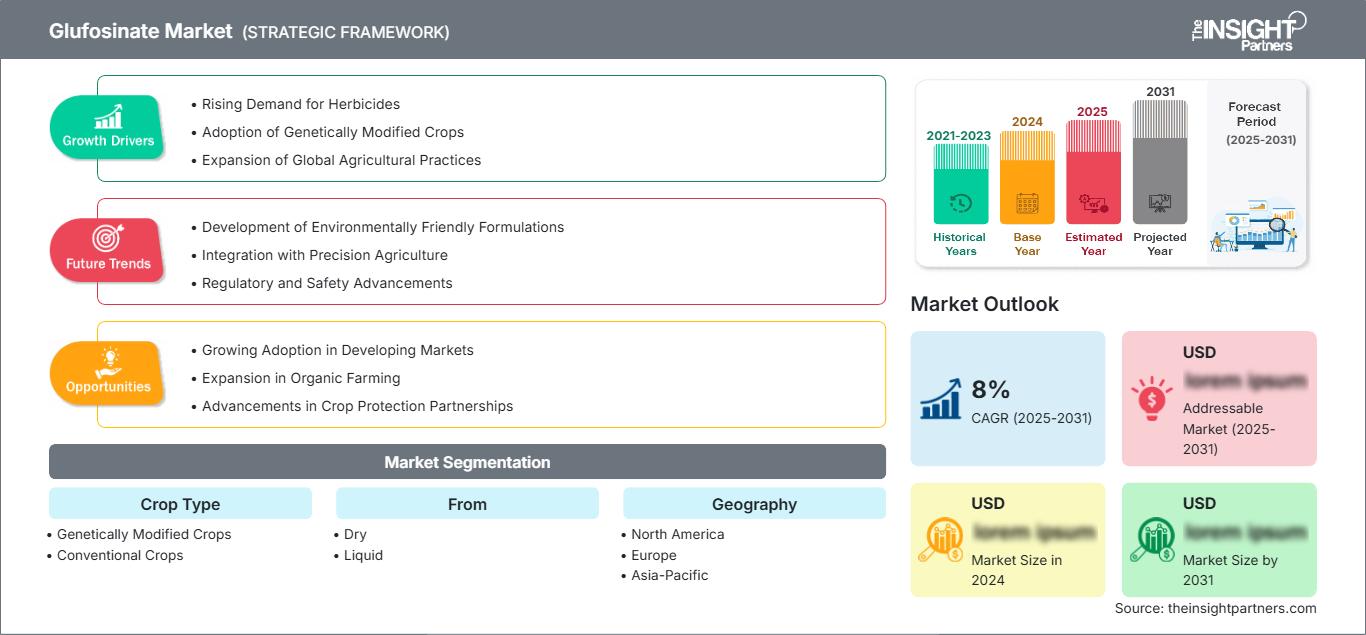
- Get Top Key Market Trends of this report.This FREE sample will include data analysis, ranging from market trends to estimates and forecasts.
Glufosinate Market Growth Drivers
- Rising Demand for Herbicides: Glufosinate, a broad-spectrum herbicide, is in high demand due to its effectiveness in controlling a wide range of weeds, including those resistant to other herbicides. As the global agricultural industry seeks efficient weed management solutions to enhance crop yields, the use of glufosinate continues to rise, driving market growth. Its importance in ensuring sustainable farming practices by reducing weed competition is crucial for modern agriculture.
- Adoption of Genetically Modified Crops: The increasing use of genetically modified (GM) crops resistant to glufosinate is driving the market. GM crops, such as soybeans, cotton, and corn, that are tolerant to glufosinate, allow for more effective and selective weed control. The growing adoption of these crops, especially in regions like North America and South America, directly contributes to the rising demand for glufosinate-based herbicides.
- Expansion of Global Agricultural Practices: The growing agricultural sector, particularly in developing economies, is a key driver for the glufosinate market. As farmers in emerging regions seek more efficient and cost-effective ways to manage crops, herbicides like glufosinate are increasingly being adopted. This is driven by the need to meet rising food demands and combat challenges posed by changing environmental conditions.
Glufosinate Market Future Trends
- Development of Environmentally Friendly Formulations: In response to environmental concerns, there is a trend towards the development of more sustainable and eco-friendly formulations of glufosinate. Manufacturers are working on creating products with lower toxicity to non-target organisms, improving the safety of its use while maintaining its efficacy. This aligns with global shifts toward sustainable agricultural practices and more environmentally conscious farming.
- Integration with Precision Agriculture: Precision agriculture technologies, which use data and advanced equipment to optimize crop management, are expected to drive future demand for glufosinate. As farmers adopt precision farming methods, glufosinate applications can be more targeted and efficient, reducing overall usage while maximizing effectiveness. This integration will lead to improved sustainability and cost-efficiency in weed control.
- Regulatory and Safety Advancements: With increasing regulatory scrutiny, future trends will focus on ensuring that glufosinate products meet stricter safety standards. Research into its long-term environmental and health effects will likely drive the development of safer, less harmful herbicide alternatives. Stricter regulations may lead to innovations in glufosinate formulation to comply with global safety and environmental norms.
Glufosinate Market Opportunities
- Growing Adoption in Developing Markets: Emerging economies in Africa, Asia-Pacific, and Latin America present significant opportunities for glufosinate market growth. As these regions experience rapid agricultural development, the demand for efficient and effective herbicides like glufosinate will rise. Companies that expand their presence in these regions can tap into the growing need for modern crop protection solutions.
- Expansion in Organic Farming: There is increasing interest in organic farming, which has traditionally avoided synthetic herbicides. However, glufosinate can be an attractive option for certain organic farming systems when used in accordance with organic certification guidelines. This offers a niche market opportunity for glufosinate in areas where weed control is a challenge without compromising organic standards.
- Advancements in Crop Protection Partnerships: Collaboration between glufosinate manufacturers and biotech companies for the development of herbicide-resistant crops is a significant opportunity. As biotech innovations in genetically modified crops expand, partnerships that integrate glufosinate-based weed control with biotech crops will offer synergies. This can drive market expansion and improve the effectiveness of crop protection strategies globally.
Glufosinate Market Regional Insights
The regional trends and factors influencing the Glufosinate Market throughout the forecast period have been thoroughly explained by the analysts at The Insight Partners. This section also discusses Glufosinate Market segments and geography across North America, Europe, Asia Pacific, Middle East and Africa, and South and Central America.
Glufosinate Market Report Scope
| Report Attribute | Details |
|---|---|
| Market size in 2024 | US$ XX million |
| Market Size by 2031 | US$ XX Million |
| Global CAGR (2025 - 2031) | 8% |
| Historical Data | 2021-2023 |
| Forecast period | 2025-2031 |
| Segments Covered |
By Crop Type
|
| Regions and Countries Covered | North America
|
| Market leaders and key company profiles |
|
Glufosinate Market Players Density: Understanding Its Impact on Business Dynamics
The Glufosinate Market is growing rapidly, driven by increasing end-user demand due to factors such as evolving consumer preferences, technological advancements, and greater awareness of the product's benefits. As demand rises, businesses are expanding their offerings, innovating to meet consumer needs, and capitalizing on emerging trends, which further fuels market growth.
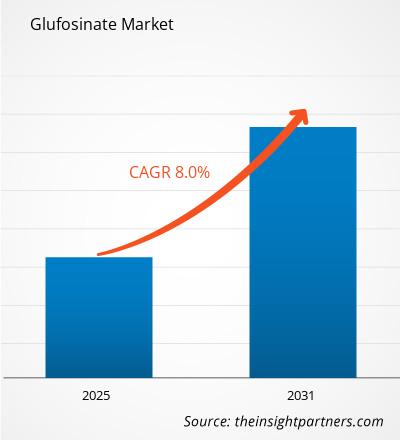
- Get the Glufosinate Market top key players overview
Key Selling Points
- Comprehensive Coverage: The report comprehensively covers the analysis of products, services, types, and end users of the Glufosinate Market, providing a holistic landscape.
- Expert Analysis: The report is compiled based on the in-depth understanding of industry experts and analysts.
- Up-to-date Information: The report assures business relevance due to its coverage of recent information and data trends.
- Customization Options: This report can be customized to cater to specific client requirements and suit the business strategies aptly.
The research report on the Glufosinate Market can, therefore, help spearhead the trail of decoding and understanding the industry scenario and growth prospects. Although there can be a few valid concerns, the overall benefits of this report tend to outweigh the disadvantages.
Frequently Asked Questions
What is the future trend for glufosinate market?
Based on geography, which region held the largest share of the glufosinate market?
What are the key players operating in the glufosinate market?
Which is the fastest growing segment based on crop type?
What is the expected CAGR of the Glufosinate Market?
What are the driving factors impacting the glufosinate market?
- Historical Analysis (2 Years), Base Year, Forecast (7 Years) with CAGR
- PEST and SWOT Analysis
- Market Size Value / Volume - Global, Regional, Country
- Industry and Competitive Landscape
- Excel Dataset
Recent Reports
Testimonials
Reason to Buy
- Informed Decision-Making
- Understanding Market Dynamics
- Competitive Analysis
- Identifying Emerging Markets
- Customer Insights
- Market Forecasts
- Risk Mitigation
- Boosting Operational Efficiency
- Strategic Planning
- Investment Justification
- Tracking Industry Innovations
- Aligning with Regulatory Trends












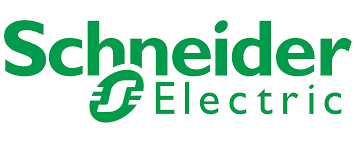


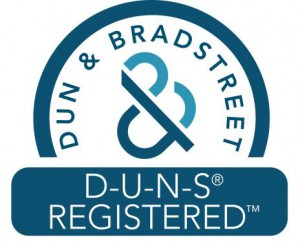
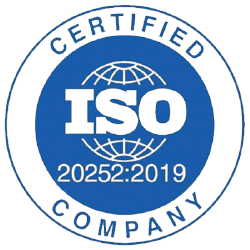
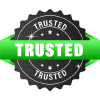



 Get Free Sample For
Get Free Sample For